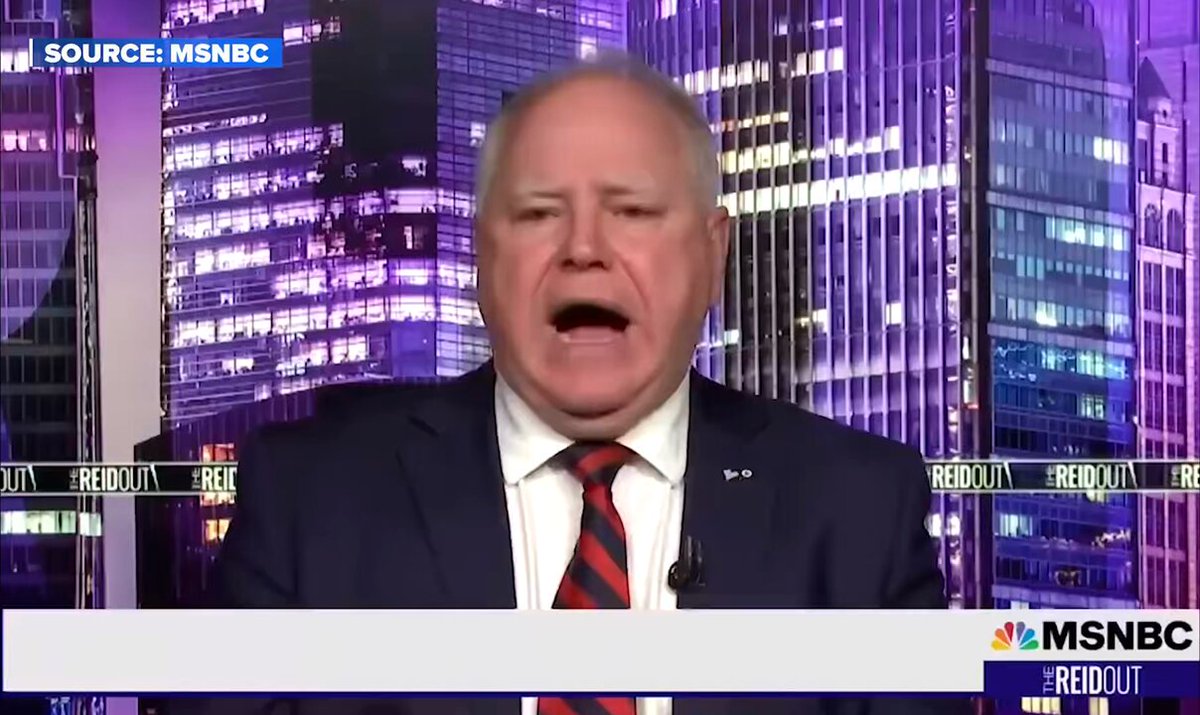The statement engages in a substantive discussion about free speech and the role of the state in regulating misinformation and hate speech, which are significant public issues. The tone is cautionary and critical, aiming to alert the public to potential changes in free speech norms.
- The statement does not appear to cause harm directly, but it does use a cautionary tone that could be seen as alarmist. However, it does not cross into harmful rhetoric.Principle 1:I will strive to do no harm with my words and actions.
- The statement does not engage in cyberbullying, harassment, or hate speech. It critiques a policy stance rather than individuals. [+1]Principle 2:I will respect the privacy and dignity of others and will not engage in cyberbullying, harassment, or hate speech.
- The statement does not explicitly promote understanding, empathy, or compassion. It is more focused on warning against a perceived threat.Principle 3:I will use my words and actions to promote understanding, empathy, and compassion.
- The statement engages in criticism of a policy stance but does not engage in personal attacks or ad hominem arguments. It critiques the idea rather than individuals. [+1]Principle 4:I will engage in constructive criticism and dialogue with those in disagreement and will not engage in personal attacks or ad hominem arguments.
- The statement uses its platform to argue for the protection of free speech, which can be seen as an effort to better society by upholding constitutional rights. [+1]Principle 6:I will use my influence for the betterment of society.
- The statement upholds the principles of free speech and uses its platform to argue against state censorship, which aligns with responsible use of free speech. [+1]Principle 7:I will uphold the principles of free speech and use my platform responsibly and with integrity.
